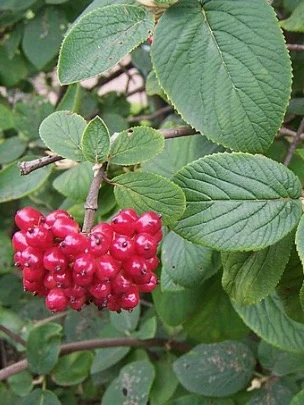Drought
Tolerant
DROUGHT RESISTANT AND HARDY TREES SUITABLE FOR COLD CLIMATES
Trees listed below are hardy to Zone 3B. See Canada Plant Hardiness Zone map. Click here.
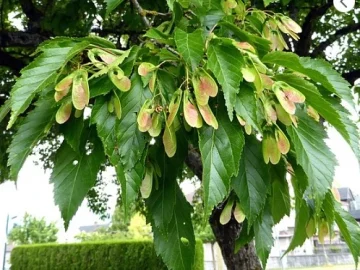
Amur Maple, Acer ginnala, is a small deciduous tree native to northeastern Asia. It is valued for its attractive fall foliage, which can range from bright red to orange. The tree is popular in landscaping due to its compact size and adaptability to various soil types.

Manitoba Maple, Acer negundo, is a fast-growing deciduous tree commonly found in Canada. It is known for its compound leaves and distinctive seeds, which have wing-like structures. Manitoba maple is often planted in urban areas and along streets due to its tolerance for urban conditions and ability to grow quickly.
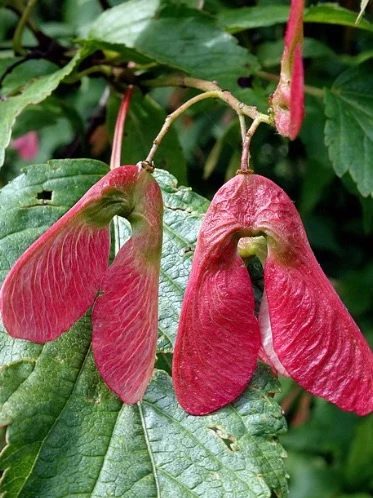
Tatarian Maple, Acer tataricum, is a small deciduous tree native to regions in Eastern Europe and Western Asia. It is known for its showy red-winged fruits and colorful fall foliage, which ranges from yellow to orange-red. Tatarian maple is often cultivated as an ornamental tree in gardens and parks due to its attractive features.
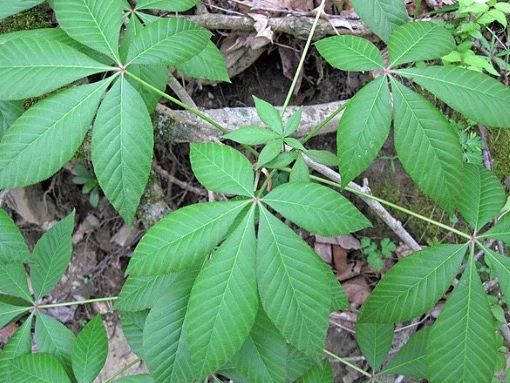
Ohio buckeye, Aesculus glabra, (Horse Chestnut) is a deciduous tree native to the eastern United States, including Ohio. It is recognized by its palmately compound leaves and distinctive smooth, shiny brown nuts known as “buckeyes.” Ohio buckeye trees are commonly found in moist wooded areas and are valued for their ornamental qualities.
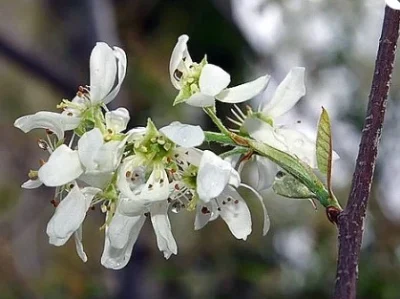
Autumn Brilliance Serviceberry, Amelanchier grandiflora, is a deciduous shrub or small tree celebrated for its ornamental value. It boasts a profusion of showy white flowers in spring, followed by small red fruit that birds enjoy. Its fall foliage ranges in colors from orange to red, adding vibrant hues to the landscape. Autumn Brilliance Serviceberry is popular in gardens and landscapes for its multi-season interest, wildlife appeal, and low maintenance requirements.
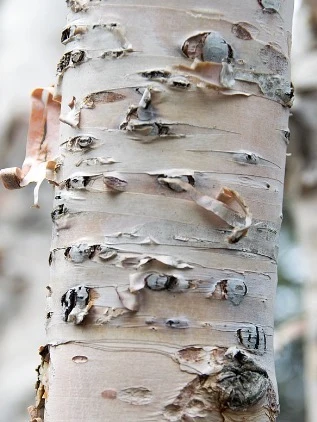
Paper Birch, Betula papyrifera, is a medium to large deciduous tree native to North America. It is recognized for its distinctive white bark that peels in papery layers, hence the name “Paper Birch.” This tree features ovate leaves with doubly serrated edges and yellow fall color. Paper Birch produces small cone-like fruits and catkins. It is valued for its ornamental bark, wildlife value, and as a source of wood pulp. Paper Birch is commonly used in landscaping and naturalized settings for its aesthetic appeal and ecological benefits.
Weeping Caragana, Caragana arborescens ‘Pendula’ is a fascinating deciduous shrub that features weeping branches and delicate, light green foliage. It is a popular ornamental plant in landscaping due to its graceful drooping habit. Weeping Caragana is known for its yellow, pea-like flowers that bloom in spring, adding color and charm to gardens.
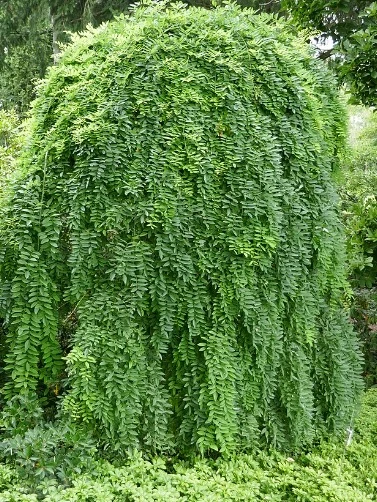
Sutherland Caragana, Caragana arborescens ‘Sutherland is a deciduous shrub known for its resilience and ability to thrive in various conditions. It features bright green foliage and yellow, pea-like flowers that bloom in spring, adding a vibrant touch to landscapes. Sutherland Caragana is often used for windbreaks, erosion control, and ornamental purposes.
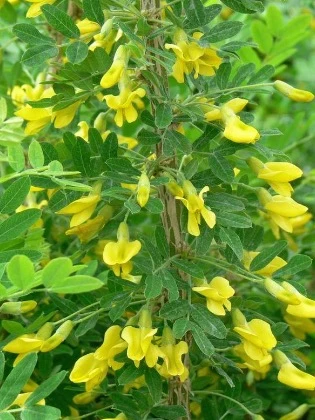

Hackberry, Celtis occidentalis, is a medium to large deciduous tree native to North America. It is known for its distinctive cork-like bark and small, cherry-like fruits loved by birds. Hackberry has oval leaves with serrated edges and turns yellow in the fall. This tree is valued for its adaptability to various soil types and its ability to thrive in urban environments. It is commonly used in landscaping, parks, and naturalized areas for its shade, wildlife value, and low maintenance requirements.
Toba or Snowbird Hawthorn, Crategus x mordensis “Toba’ or ‘Snowbird” is a small deciduous tree known for its ornamental value. It produces abundant clusters of white flowers in spring, which give way to small red fruits in the fall. Snowbird Hawthorn is favored for its showy blossoms and compact size, making it an attractive option for landscaping.
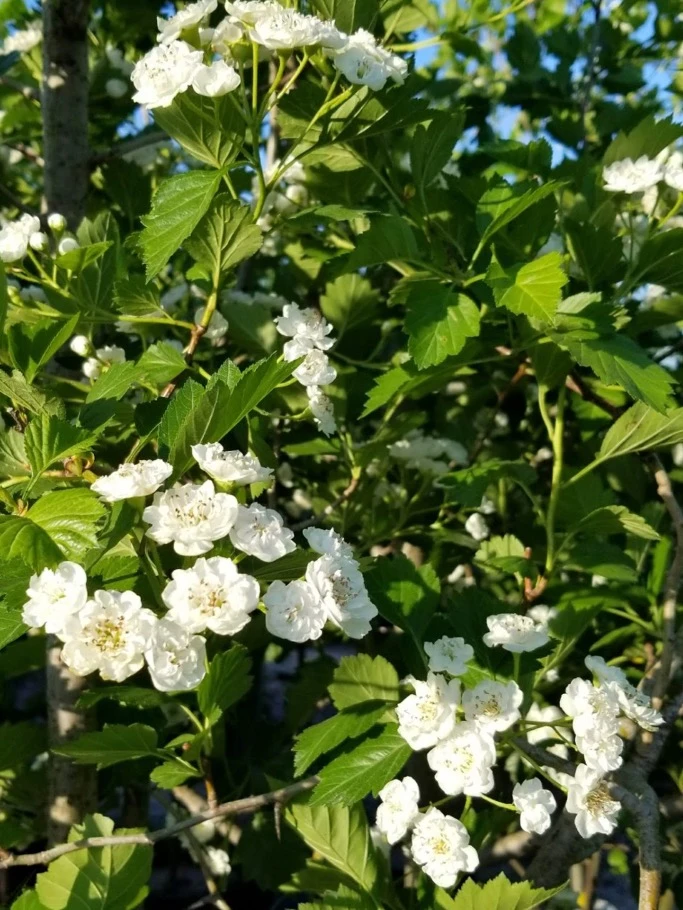
Russian olive, Elaeagnus angustifolia, is a deciduous tree or large shrub native to Eurasia. It is recognized for its silvery-grey foliage and small, yellow flowers that bloom in clusters. Russian olive is often planted for erosion control and its ability to thrive in dry, harsh environments. However, it can be invasive in some regions, competing with native species.
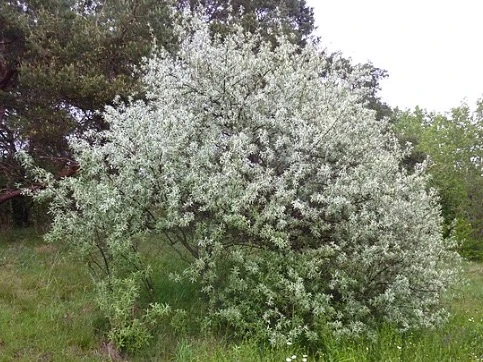
Foothills Green Ash, Fraxinus pennsylvanica ‘Heuver’ is a deciduous tree valued for its tolerance to a variety of growing conditions and its attractive foliage. It is known for its vibrant green leaves that turn a golden yellow in the fall. Foothills Green Ash is commonly planted in urban and rural areas for its adaptability and aesthetic appeal.

Manchurian Walnut, Juglans mandshurica, is a species of walnut tree native to East Asia, particularly in regions like China, Korea, and Russia. It is a medium to large-sized deciduous tree valued for its edible nuts and beautiful wood. Manchurian Walnut trees produce round, hard-shelled nuts that are similar to English walnuts but with a slightly different flavor. The wood from this tree is also used in furniture making and woodworking. Manchurian Walnut trees are cultivated for their nuts and wood production, as well as their ornamental value in landscapes.
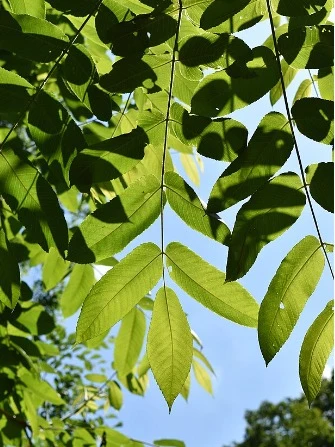
Rocky Mountain Juniper, Juniperus scopulorum, is a small to medium-sized coniferous tree native to the western United States, particularly in the Rocky Mountains region. It is characterized by its blue-green scale-like leaves and dark blue berries known as juniper berries. Rocky Mountain Juniper trees have a rugged and picturesque appearance, often growing in rocky, dry landscapes. They are valued for their ornamental qualities, drought tolerance, and their berries, which are used in cooking and flavoring. Rocky Mountain Juniper is also important for wildlife as it provides food and shelter for various species.
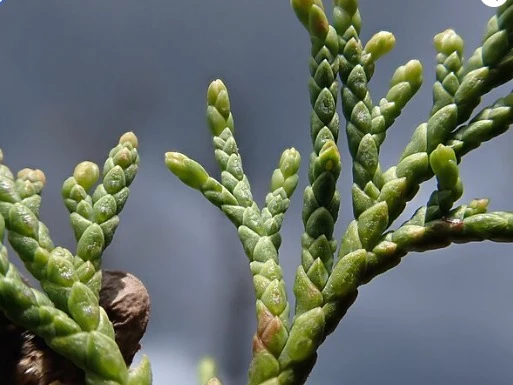
Siberian Larch, Larix sibirica, is a coniferous tree native to Russia, particularly Siberia. It is recognized for its deciduous nature, with soft, needle-like leaves that turn a golden yellow before shedding in the fall. Siberian Larch is valued for its timber, which is durable and resistant to decay, making it popular for construction and outdoor use.
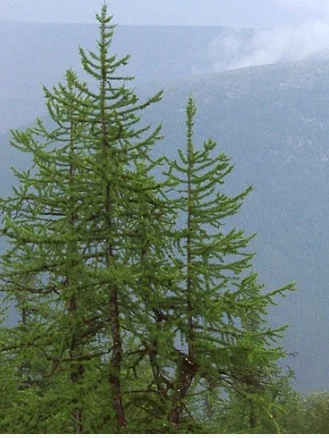
White Spruce, Picea glauca, is a medium to large coniferous tree native to North America. It is a popular species valued for its straight trunk, conical shape, and bluish-green needles. White Spruce trees produce cylindrical cones and are known for their dense foliage and symmetrical appearance. They are commonly used in landscaping, reforestation projects, and Christmas tree production. White Spruce is adaptable to various soil conditions and climates, making it a versatile and attractive choice for many environments.
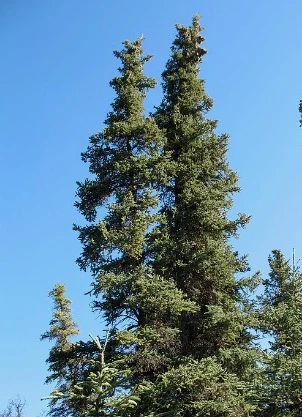
Colorado Blue Spruce, Picea pungens, is a striking evergreen tree native to the Rocky Mountains of the United States. It is known for its striking blue to silvery-blue needles, which provide a unique and beautiful contrast in gardens and landscapes. Colorado Blue Spruce is a popular choice for ornamental planting due to its color and conical shape.

Bakeri Spruce, Picea pungens ‘Bakeri’ is a beautiful evergreen tree prized for its striking blue-green needles and graceful conical form. This cultivar is valued for its cold hardiness and drought tolerance, making it suitable for various landscapes. Bakeri Spruce is often planted for screening, windbreaks, or as a focal point in gardens due to its attractive appearance and low maintenance requirements.
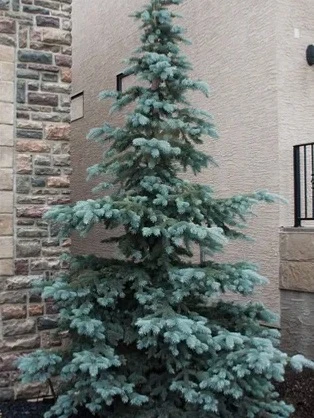
Fat Albert Spruce, Picea pungens ‘Fat Albert’ is a compact evergreen tree with a conical shape and striking blue-green needles. This cultivar is known for its consistent and dense growth habit, making it popular for landscaping and ornamental purposes. Fat Albert Spruce is favored for its low maintenance requirements and its ability to maintain its attractive form throughout the year.
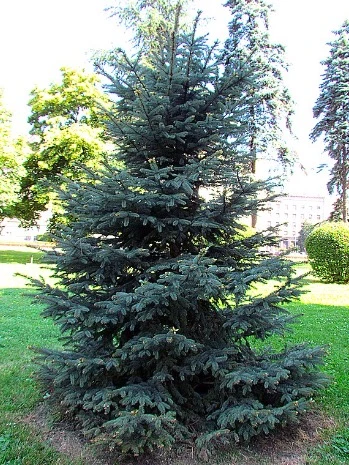
Columnar Colorado Spruce, Picea pungens “Fastigiata” is a narrow and upright cultivar of the Colorado Blue Spruce. This variety is recognized for its tall, columnar shape, making it an excellent choice for landscapes where space is limited or a vertical accent is desired. Columnar Colorado Spruce retains the characteristic blue-green needles of the species and adds a vertical element to garden designs.
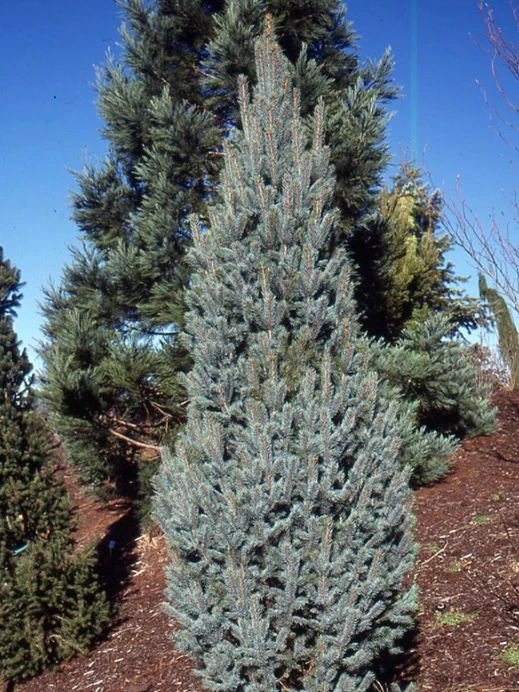
Montgomery Spruce, Picea pungens ‘Montgomery’ is a compact and dense evergreen tree with striking silvery-blue needles. This cultivar is valued for its small size, making it an ideal choice for smaller gardens or landscapes where space is limited. Montgomery Spruce retains the characteristic blue color of the Colorado Blue Spruce species and adds a touch of elegance with its neat, pyramidal growth habit.

Weeping Colorado Spruce, Picea pungens ‘Pendula’ is a unique and elegant evergreen tree characterized by its weeping branches that cascade downward. This cultivar adds a graceful and distinctive element to landscapes, making it a popular choice for ornamental planting. Weeping Colorado Spruce retains the iconic blue-green needles of the Colorado Blue Spruce while showcasing a weeping growth habit.
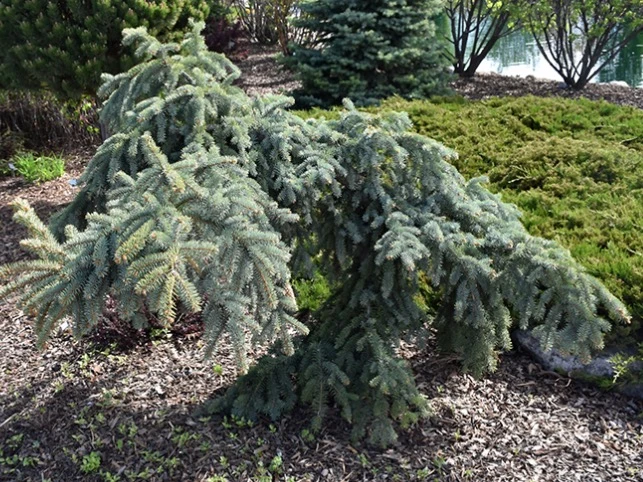
Bristlecone Pine, Pinus aristata, is a long-lived, slow-growing evergreen tree native to the Rocky Mountains of the United States. It is one of the oldest known living tree species, with some individuals exceeding thousands of years in age. Bristlecone Pines are characterized by their twisted, gnarled appearance, and resinous bark. They are valued for their resilience in harsh environments and their unique aesthetic qualities, making them popular choices for ornamental planting in landscapes.
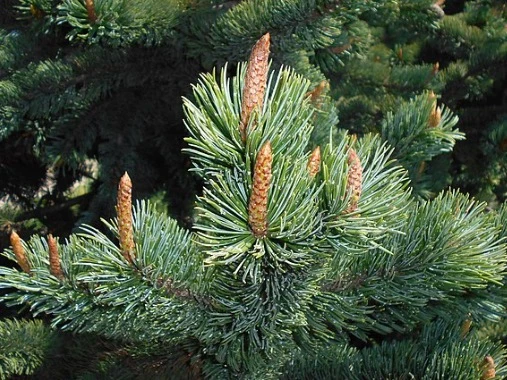
Lodgepole Pine, Pinus contorta latifolia, is a versatile evergreen tree native to western North America. It is known for its straight trunk, narrow conical crown, and long cylindrical cones. Lodgepole Pine forests play a crucial role in forest ecosystems and are instrumental in post-fire regeneration due to their serotinous cones, which open and release seeds upon exposure to heat. Lodgepole Pine is also valued for its timber and is used in construction, woodworking, and pulp production.
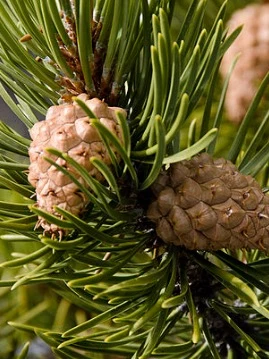
Limber Pine, Pinus flexilis, is a hardy and adaptable evergreen tree native to mountainous regions of North America. It is known for its flexible and limber branches, which give it its common name. Limber Pine trees have long, slender needles and bear small, brown cones. They are valued for their resilience in harsh climates and their ability to grow in rocky, high-altitude environments.
L
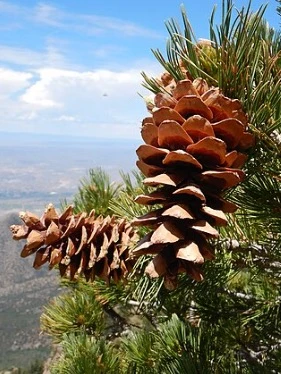
Ponderosa Pine, Pinus ponderosa, is a large and distinctive evergreen tree native to western North America. It is recognized for its tall, straight trunk, orange-red bark, and long needles grouped in tufts. Ponderosa Pine trees produce large, oval-shaped pine cones and are valued for their timber, which is used in construction, furniture making, and as lumber. These trees are common in open forests and are known for their role in providing habitat for various wildlife species.
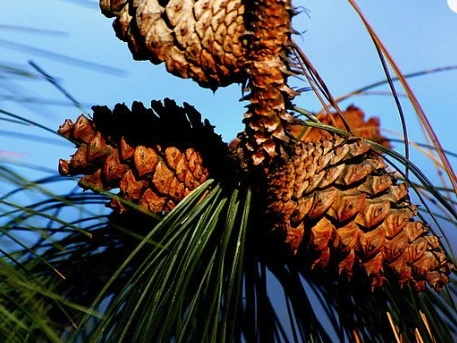
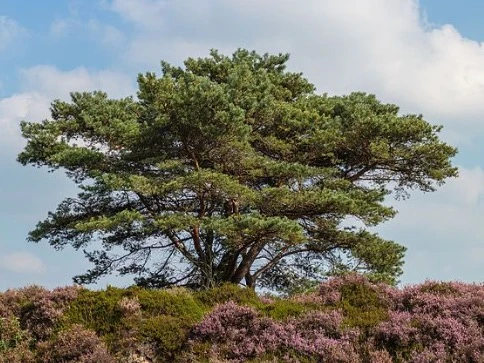
Scots Pine, Pinus sylvestris, is a rugged and resilient evergreen tree found throughout Europe and Asia. It is known for its reddish-brown bark, long needles that are typically arranged in pairs, and distinctive cones that have a characteristic asymmetrical shape. Scots Pine is valued for its timber, which is used in construction, shipbuilding, and furniture making. It is also planted for reforestation and windbreak purposes.
Mountain Pine, Pinus uncinata, is a species of pine tree native to mountainous regions of Europe, particularly in the Pyrenees and Alps. It is a hardy evergreen tree that thrives in rocky, high-altitude environments. Mountain Pine is characterized by its twisted, gnarled appearance, short needles grouped in pairs, and small round cones. This species plays a vital role in mountain ecosystems, providing habitat and food for various wildlife species.
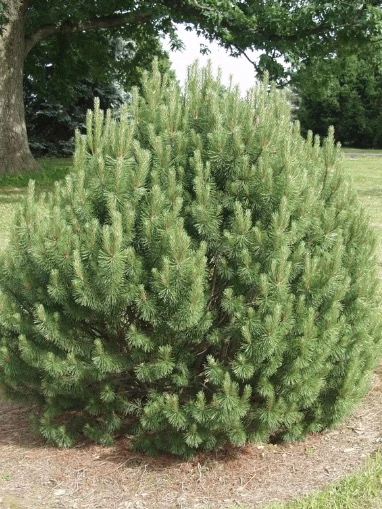
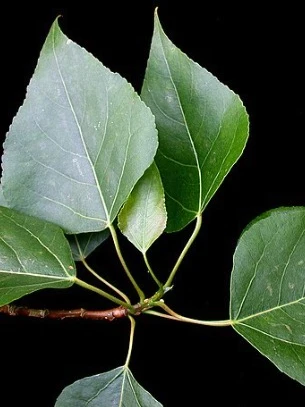
Balsam Poplar, Populus balsamifera, is a large deciduous tree native to North America. It is recognized for its resinous buds that release a pleasant balsam-like fragrance when crushed. Balsam Poplar trees have leathery, ovate leaves with finely serrated edges and greenish-yellow flowers that appear in drooping clusters. They are often found near water sources such as rivers and streams. Balsam Poplar is valued for its wood, which is used in various applications such as pulpwood, crates, and pallets.
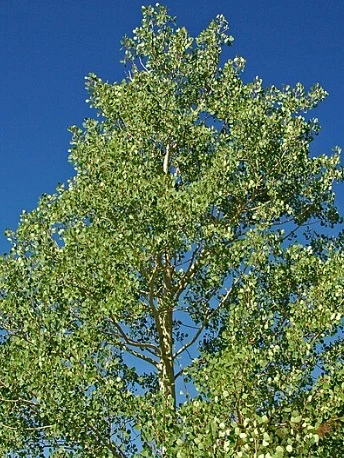
Trembling Aspen, Populus tremuloides, is a deciduous tree native to North America. It is recognized for its unique trembling or quivering leaves, which flutter in the slightest breeze due to flattened petioles. Trembling Aspen trees have smooth, white bark with black markings and distinctive rounded leaves that turn vibrant yellow in the fall. They often form expansive groves through root sprouting. Trembling Aspen is valued for its beauty in the landscape and is also important for wildlife habitat.
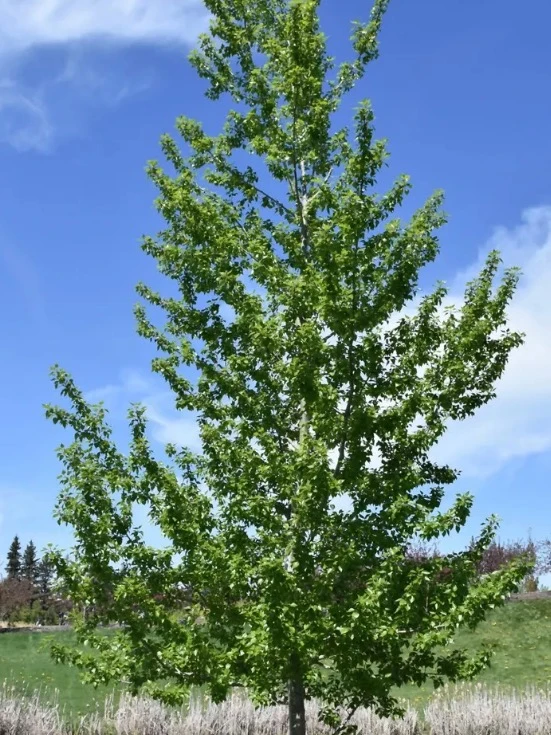
Assiniboine Poplar, Populus x ‘Assiniboine’ is known for its columnar shape and attractive features. This hybrid poplar tree is a fast-growing deciduous tree that is often used for windbreaks, privacy screens, or as a shade tree. The Assiniboine Poplar typically has a strong central leader, creating a tall, narrow profile. It is adaptable to various soil conditions and can thrive in a range of environments.
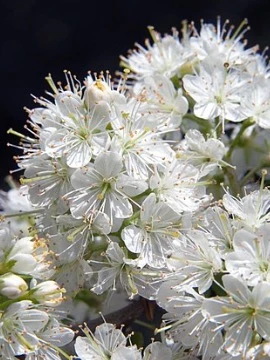
Amur Cherry, Prunus maackii, is a deciduous tree native to eastern Asia, particularly in regions like China, Korea, and Japan. It is known for its striking, coppery-brown exfoliating bark that peels to reveal a shiny, smooth under-layer, adding winter interest to landscapes. Amur cherry produces clusters of white flowers in spring followed by small black cherries that are attractive to birds. This tree is valued for its ornamental qualities and its ability to thrive in a variety of soil conditions.
Pincherry, Prunus pennsylvanica, is a deciduous shrub or small tree native to North America, particularly in regions like the northern United States and Canada. It is part of the cherry genus and is valued for its edible bright red cherries that are often tart or bitter in taste. Pincherry is an important wildlife tree as the fruit is a food source for various birds and mammals. The tree also has ornamental value, especially in naturalized landscapes.
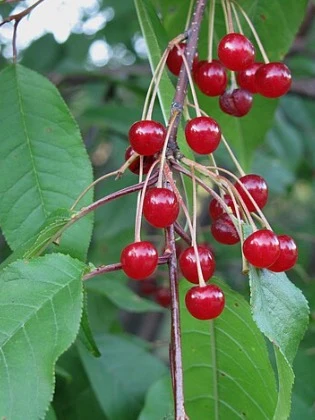
Ussurian Pear, Pyrus ussuriensis, is a deciduous tree native to Eastern Asia, particularly in regions like China, Korea, and Russia. It is closely related to the common pear and is valued for its ornamental qualities and hardiness. Ussurian Pear trees produce white flowers in spring, followed by small, round, brown fruits that are attractive to wildlife. They are known for their tolerance to cold temperatures and various soil conditions, making them popular in landscaping and gardening.
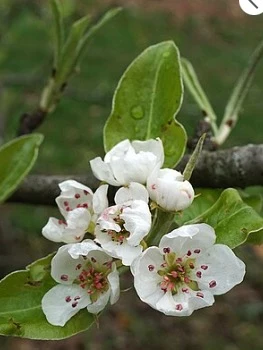
Bur Oak, Quercus macrocarpa, is a large deciduous tree native to North America. It is recognized for its massive size, with a broad, spreading crown and deeply lobed leaves that turn a beautiful golden-brown in the fall. Bur Oak trees produce large acorns with fringed caps, hence the name “bur.” This species is valued for its adaptability to various soil types and its tolerance to urban conditions. Bur Oak is a popular choice for landscaping, providing shade, wildlife habitat, and ornamental beauty.
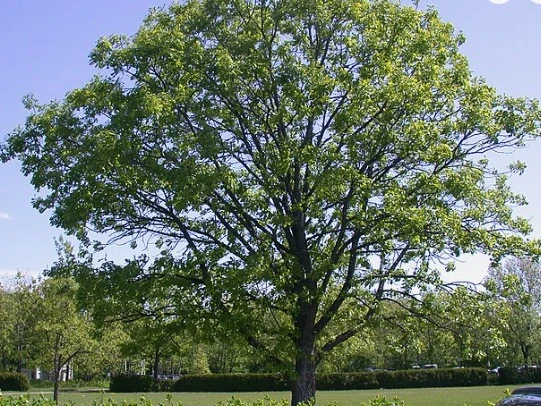
Showy Mountain Ash, Sorbus decora, is a small to medium-sized deciduous tree native to North America, particularly in regions like the Rocky Mountains. It is prized for its stunning ornamental features, including clusters of white flowers in spring, followed by bright red berries that persist into winter, providing food for birds. Showy Mountain Ash trees also showcase compound leaves that turn vibrant shades of red and orange in the fall, adding to their visual appeal. This species is valued for its landscape use and its ecological role as a wildlife food source.
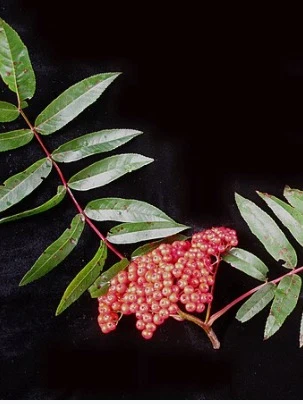
Japanese Tree Lilac, Syringa reticulata, is a small ornamental tree valued for its showy, fragrant blossoms. It features large clusters of creamy white flowers that bloom in late spring to early summer, creating a striking display. Japanese Tree Lilac is popular in landscaping for its compact size, attractive flowers, and resistance to pests and diseases. It is also known for its exfoliating bark and tolerance to urban conditions.
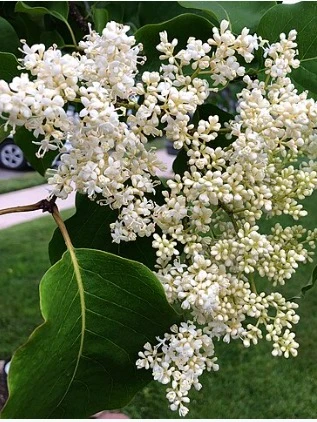
Ivory Silk Japanese Tree Lilac, Syringa reticulata ‘Ivory Silk’ is a small, flowering tree prized for its elegant appearance and fragrant blossoms. It features large, creamy white flower clusters that bloom in late spring to early summer, creating a picturesque display. This cultivar is noted for its small size, making it suitable for urban gardens or compact landscapes. Ivory Silk Japanese Tree Lilac is a popular choice for its beauty, sweet fragrance, and resistance to pests and diseases.
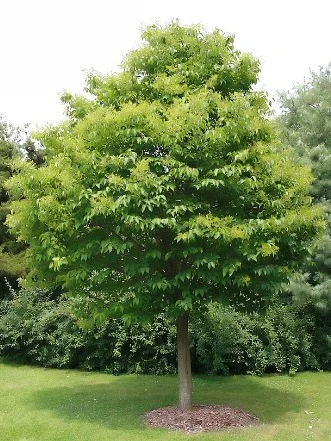
Brandon Elm, Ulmus americana ‘Brandon’ is a deciduous tree known for its upright oval to rounded crown and glossy green foliage. It is prized for its resistance to Dutch Elm disease, a devastating fungal disease that affects many elm species. Brandon Elm is valued for its adaptability to various soil conditions and its ability to thrive in urban settings. It is a popular choice for street planting, parks, and residential landscapes due to its attractive form and shade-providing qualities.
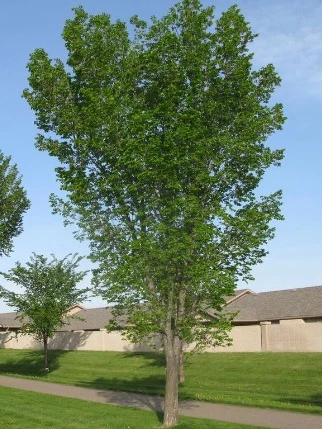
Patmore Elm, Ulmus americana ‘Patmore’ is a deciduous tree prized for its resilience and adaptability to various growing conditions. It is known for its upright, vase-shaped canopy and dark green, glossy leaves that turn yellow in the fall. Patmore Elm is valued for its resistance to Dutch Elm disease, making it a popular choice for landscaping and urban settings where this disease is prevalent. This cultivar is appreciated for its beauty, shade-providing qualities, and low maintenance requirements.
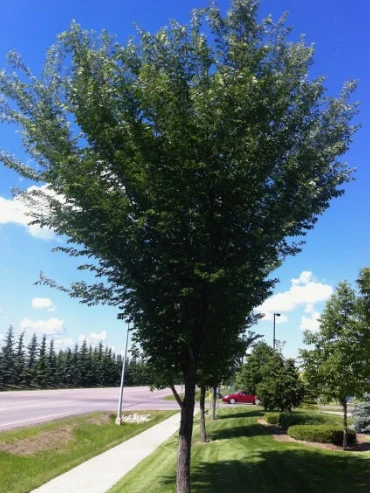
Wayfaring Tree, Viburnum lantana, is a deciduous shrub native to Europe, North Africa, and Southwest Asia. It is recognized for its dense, rounded form and clusters of small white flowers that appear in late spring to early summer, followed by red to black berries. Wayfaring Tree is valued for its tolerance to a wide range of soil conditions and its ability to attract wildlife such as birds and butterflies. It is commonly used in hedges, mixed borders, and naturalized landscapes for its ornamental and ecological benefits.
